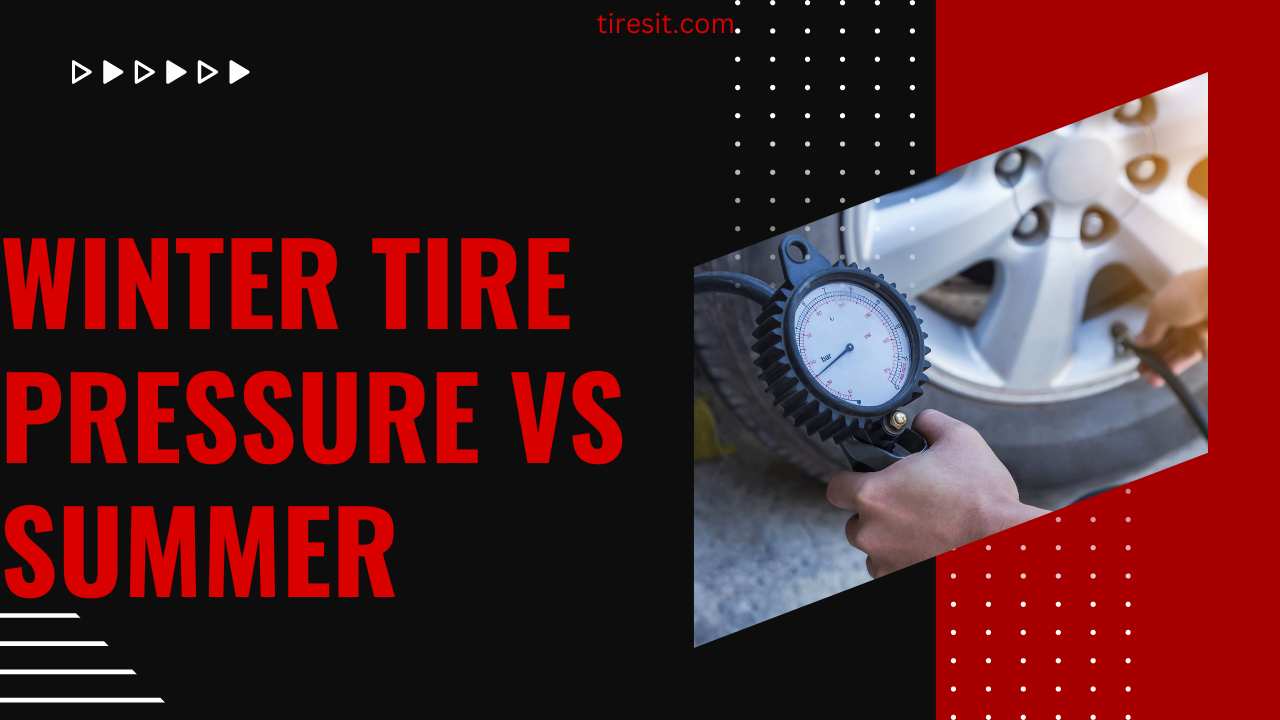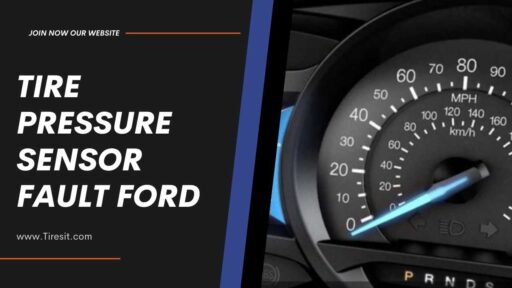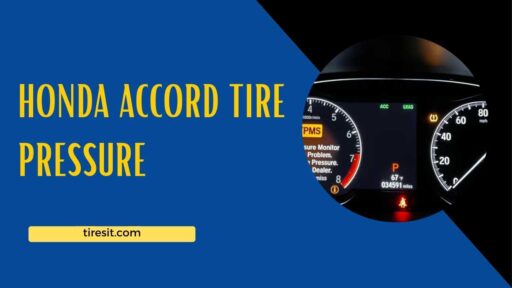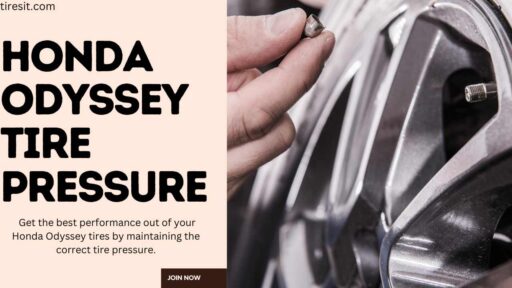Learn about the differences in Winter tire pressure vs summer requirements between winter and summer seasons on our website. Stay informed and drive safely!
Understanding the nuances of tire pressure as the seasons change is not just a matter of vehicle maintenance; it’s crucial for road safety, performance, and even cost efficiency. With the right knowledge, car owners can ensure their vehicles remain safe and efficient throughout the year. This post explores the importance of adjusting tire pressure with changing temperatures and provides actionable tips for maintaining optimal tire health.
Why Winter tire pressure vs summer
Tire pressure is the amount of air inside a tire, measured in pounds per square inch (psi). It plays a critical role in maintaining proper vehicle handling and performance. Properly inflated tires ensure maximum contact with the road surface, providing better grip and control while driving. They also help distribute the weight of the vehicle evenly, preventing excessive wear and tear on specific areas of the tires. If you more information on Tires Size this is for you.
Winter tire pressure vs summer
While tire pressure should be checked regularly throughout the year, it’s essential to pay extra attention during the winter and summer months. As temperatures drop in the winter, air molecules become closer together, leading to a decrease in tire pressure. On the other hand, as temperatures rise in the summer, the air inside tires expands, increasing tire pressure.
To ensure that your vehicle is always safe and performing at its best, it’s crucial to adjust tire pressure according to the changing seasons. In winter, aim for a slightly higher psi than recommended to compensate for the decrease in pressure due to cold temperatures. Similarly, in summer, it’s wise to keep psi slightly lower than the recommended level to prevent overinflation.
How to Maintain Optimal Tire Pressure
Here are some practical tips for maintaining optimal tire pressure throughout the year:
- Check tire pressure regularly – Make it a habit to check tire pressure at least once a month, especially during temperature changes. Use a reliable tire gauge and refer to your vehicle’s manual for recommended psi levels.
- Consider your driving habits – If you frequently drive on rough roads or carry heavy loads, consider increasing the psi slightly to compensate for the added strain on tires.
- Inspect tire pressure before long trips – Before embarking on a long journey, check and adjust tire pressure accordingly. This will not only improve safety but also help with fuel efficiency.
- Don’t forget the spare tire – Don’t overlook your vehicle’s spare tire when checking tire pressure. It should have the same psi as the other tires to ensure it’s ready for use in case of an emergency.
Understanding Tire Pressure and Temperature Changes
Temperature plays a significant role in tire pressure. As a general rule, tire pressure decreases by about 1 PSI (pounds per square inch) for every 10 degrees Fahrenheit drop in temperature. Conversely, it increases by the same amount when the temperature rises. This fluctuation can have a considerable effect on driving dynamics, fuel economy, and tire longevity.
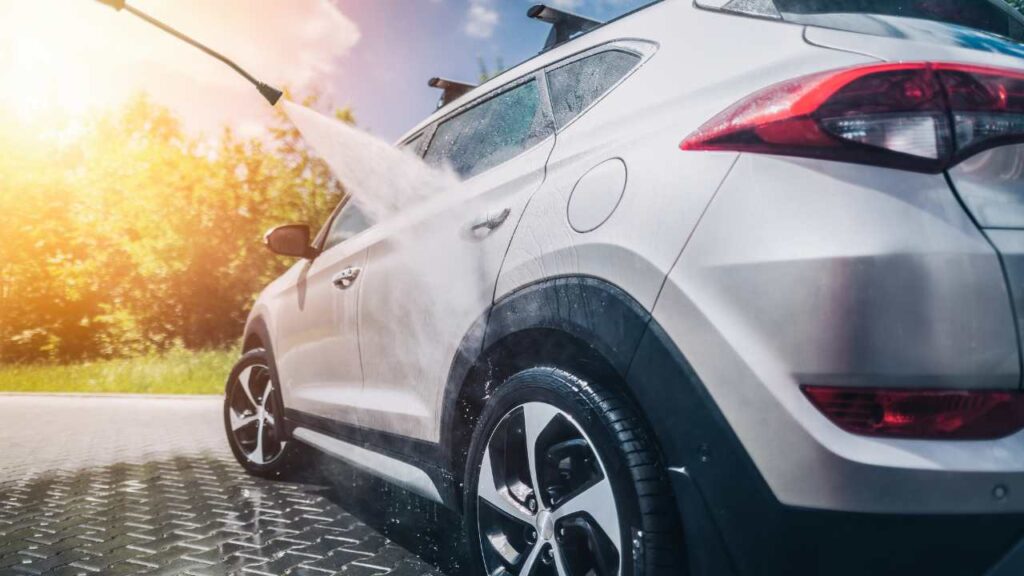
Credit: www.pexels.com
Winter Tire Pressure Adjustments
In colder weather, maintaining the right tire pressure is vital for ensuring good traction and handling on snow and ice. The drop in temperature causes air in tires to contract, lowering the pressure and possibly bringing it below the vehicle manufacturer’s recommended levels.
To counteract this, it’s advisable to check tire pressure regularly in winter and add air as needed. Keeping tires properly inflated helps distribute vehicle weight evenly across the tire tread, which improves traction and can be crucial for safe winter driving.
A Real-World Case of Winter Preparedness
A notable example that stresses the importance of winter tire pressure is the story of a family who survived being stranded during a snowstorm. Their vehicle was equipped with winter tires that had been correctly inflated before their trip. This preparation ensured they maintained enough traction to reach a safe location despite the severe weather conditions.
Summer Tire Pressure Adjustments
In hotter weather, the air inside tires expands and increases pressure. Overinflated tires can be hazardous, as they have less contact with the road surface, reducing grip and stability. Additionally, overinflation can cause uneven wear on tires and decrease their lifespan.
To prevent these issues, it’s crucial to check tire pressure regularly in summer and adjust it as needed. Keeping tires at a slightly lower psi than recommended can help mitigate the effects of higher temperatures.
Summer Tire Pressure Considerations
During warmer months, the challenge shifts to preventing overinflation. Higher temperatures cause the air inside tires to expand, which can lead to excessive pressure. While this might seem beneficial for reducing rolling resistance and improving fuel economy, it actually results in decreased contact with the road surface and increased wear on the centre portion of the tire tread.
Proper summer tire pressure ensures optimal tire contact with the road, enhancing handling and maximizing tire lifespan. It also plays a role in fuel efficiency, as correctly inflated tires require less energy to roll.
A Case Study in Efficiency
One compelling case study by the NHTSA found that maintaining the correct tire pressure led to a noticeable improvement in vehicle fuel efficiency. This not only translates into cost savings for the driver but also lessens the environmental impact by reducing emissions.
The Dangers of Incorrect Tire Pressure
The consequences of negligence can be dire. The NHTSA discovered that underinflated tires were a factor in over 25% of car accidents related to tire issues. Furthermore, incorrect tire pressure accelerates tire wear, potentially leading to premature tire failure and necessitating costly replacements.
Tips for Maintaining Proper Tire Pressure
- Check Regularly: Make it a habit to check your tire pressure at least once a month and before any long trips. Use a reliable tire gauge for accurate readings.
- Know Your Numbers: Always follow the manufacturer’s recommended tire pressure, usually found on a sticker inside the driver’s door or in the vehicle’s manual.
- Consider the Weather: Adjust your tire pressure seasonally, factoring in the general temperature changes and their impact on PSI.
- Use a Quality Tire Gauge: Invest in a high-quality tire pressure gauge for consistent and accurate readings.
- Don’t Forget the Spare: Ensure your spare tire is also correctly inflated to avoid getting stranded with a useless spare.
Maintaining optimal tire pressure is a simple yet essential task for every vehicle owner. Regularly checking and adjusting tire pressure can improve safety, fuel efficiency, and tire longevity. By understanding the effects of temperature changes and following these tips, you can ensure your tires are always at their best, no matter the season or weather conditions. So be proactive in taking care of your tires and enjoy a smoother and safer driving experience. # End of Content 1
Additional Tips for Maintaining Tire Pressure
- Check tire pressure after significant weather changes – Extreme temperature changes, such as a sudden heat wave or cold front, can affect tire pressure. It’s essential to check and adjust tire pressure if needed to ensure optimal performance.
- Consider investing in a tire pressure monitoring system (TPMS) – TPMS can alert you when tire pressure is low, giving you an early warning to take action before it becomes a safety issue.
- Don’t rely solely on visual inspection – While visually checking your tires for signs of wear and tear is essential, it’s not always an accurate indicator of tire pressure. Use a gauge for precise readings.
- Educate yourself on the signs of underinflated and overinflated tires – Knowing what to look for can help you identify potential tire pressure issues before they become severe problems. Some common signs include uneven tread wear, vibrations while driving, and decreased handling and traction.
- Remember that tire pressure affects all types of vehicles – Whether you drive a car, truck, SUV, or motorcycle, maintaining proper tire pressure is crucial for safe and efficient driving. Don’t neglect your tires, regardless of the vehicle you own.
- Keep an eye on tread depth – Along with checking tire pressure, it’s essential to monitor tread depth regularly. Worn-out tires can be dangerous in any weather condition but are especially hazardous in winter when traction is critical. Replace tires with low tread depth to ensure safety and peak performance.
With these additional tips, you can take your tire maintenance game to the next level and keep your vehicle’s tires in top shape throughout the year.
Frequently Asked Questions (FAQs)
How often should I really check my tire pressure?
It’s recommended to check your tire pressure at least once a month and before any long trips. However, if you live in an area with significant temperature fluctuations, it may be wise to check more frequently, as temperature changes can cause tire pressure to vary.
Can I use the tire pressure numbers on the sidewall of my tires for inflation?
No, the numbers on the sidewall of the tire indicate the maximum pressure the tire can safely hold, not the recommended pressure for your vehicle. Always use the manufacturer’s recommended tire pressure found on the sticker inside the driver’s door or in the vehicle’s manual.
What’s the best time of day to check my tire pressure?
The best time to check your tire pressure is in the morning when the tires are cold. Pressure readings can be inaccurate when tires are warm due to the heat generated by driving or ambient temperature increases throughout the day.
How does incorrect tire pressure affect fuel efficiency?
Incorrect tire pressure can negatively impact fuel efficiency. Underinflated tires have more rolling resistance, requiring more energy (fuel) to move the vehicle. This can lead to a noticeable decrease in miles per gallon. Overinflated tires can also affect fuel efficiency by reducing the tire’s contact area with the road, leading to poorer traction and increased wear.
What should I do if my vehicle doesn’t have a tire pressure monitoring system (TPMS)?
If your vehicle is not equipped with TPMS, it’s even more critical to manually check your tire pressure regularly. Investing in a reliable and accurate tire gauge can help you maintain proper tire pressure and monitor for any changes that could indicate a leak or other issues.
What are the signs of overinflated vs. underinflated tires?
Overinflated tires tend to show excessive wear in the middle of the tread, as the center of the tire is doing most of the work in touching the road. Underinflated tires show wear on the edges of the tread, indicating that the tire’s sides are bearing the brunt of the vehicle’s weight. Both conditions can lead to decreased fuel efficiency and increased risk of tire damage.
How accurate are gas station air pumps?
The accuracy of gas station air pumps can vary widely. If possible, use your own high-quality tire gauge to check the pressure after using a gas station pump to ensure your tires are inflated correctly. Regularly calibrated, personal tire gauges are generally more reliable.
Is there a difference in tire pressure recommendations for hybrid or electric vehicles?
Hybrid and electric vehicles often recommend a slightly higher tire pressure to improve efficiency and support the additional weight of the battery. Always refer to your vehicle’s manual for the exact recommended tire pressure for your specific make and model.
Can changing the size of my tires affect tire pressure?
Yes, if you change the size of your tires (either diameter or width), it can affect the optimal tire pressure for your vehicle. Consult with a tire professional to understand the correct pressure for your new tires, as it may differ from the manufacturer’s original specifications.
What is the risk of using winter tires in the summer?
Using winter tires in the summer can lead to quicker wear since the tread compound in winter tires is designed to remain flexible at lower temperatures. At higher temperatures, this compound can wear down more quickly. Additionally, winter tires in summer can negatively affect handling and increase braking distances due to their softer compound and tread design.
Conclusion of Winter tire pressure vs summer
Regularly maintaining the correct Winter tire pressure vs summer is a straightforward yet crucial aspect of vehicle care, particularly with the sharp contrasts between summer and winter driving conditions. Not only does it enhance safety by improving handling and reducing the risk of tire failure, but it also maximizes fuel efficiency and prolongs the lifespan of your tires.
Michelin experts concur, stating, “Consistent tire pressure checks are the simplest, yet among the most important maintenance tasks that can significantly impact vehicle performance and safety.”
In essence, a little attention to tire pressure goes a long way in ensuring a safer, more economical, and enjoyable driving experience throughout the year.


